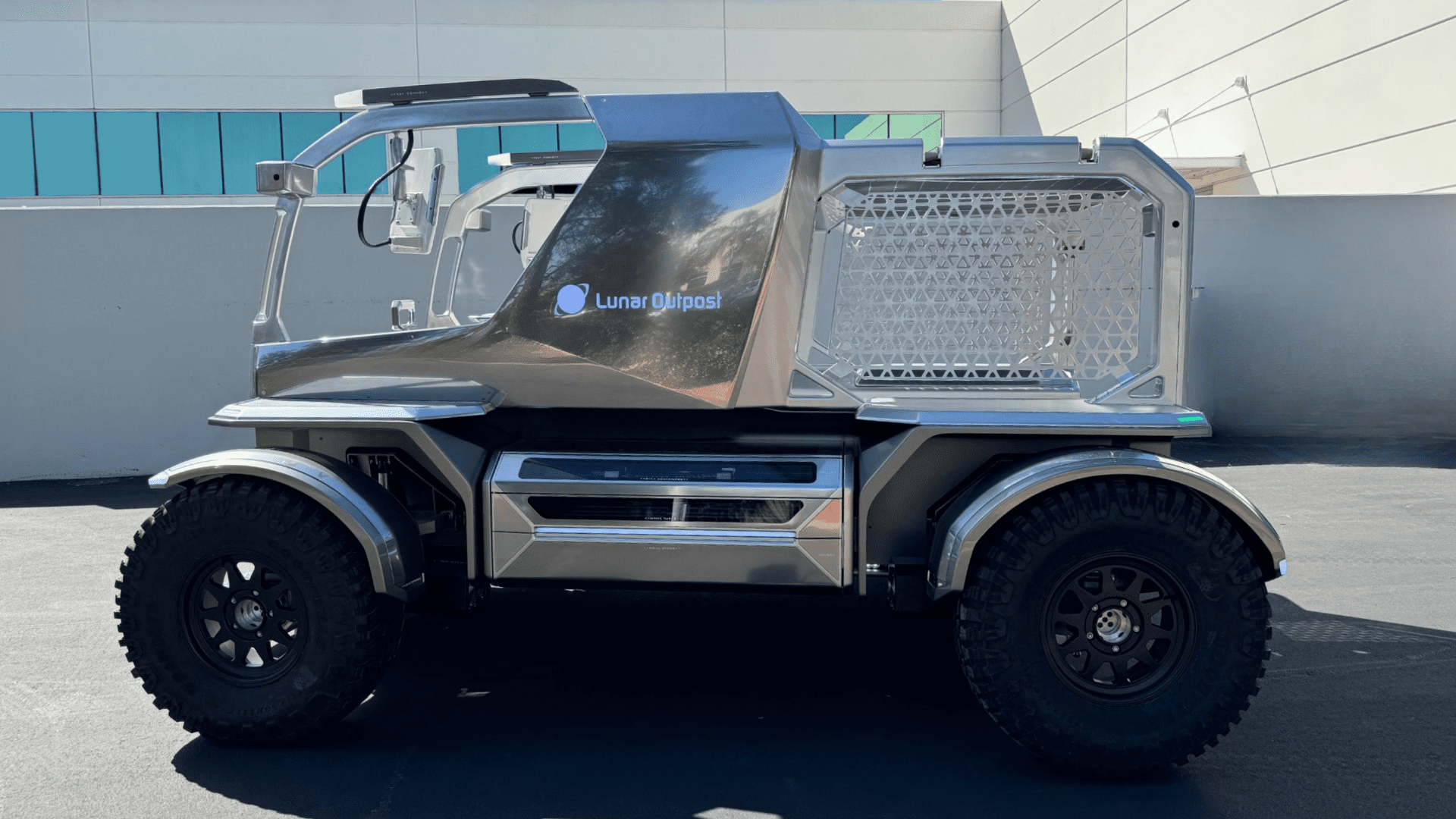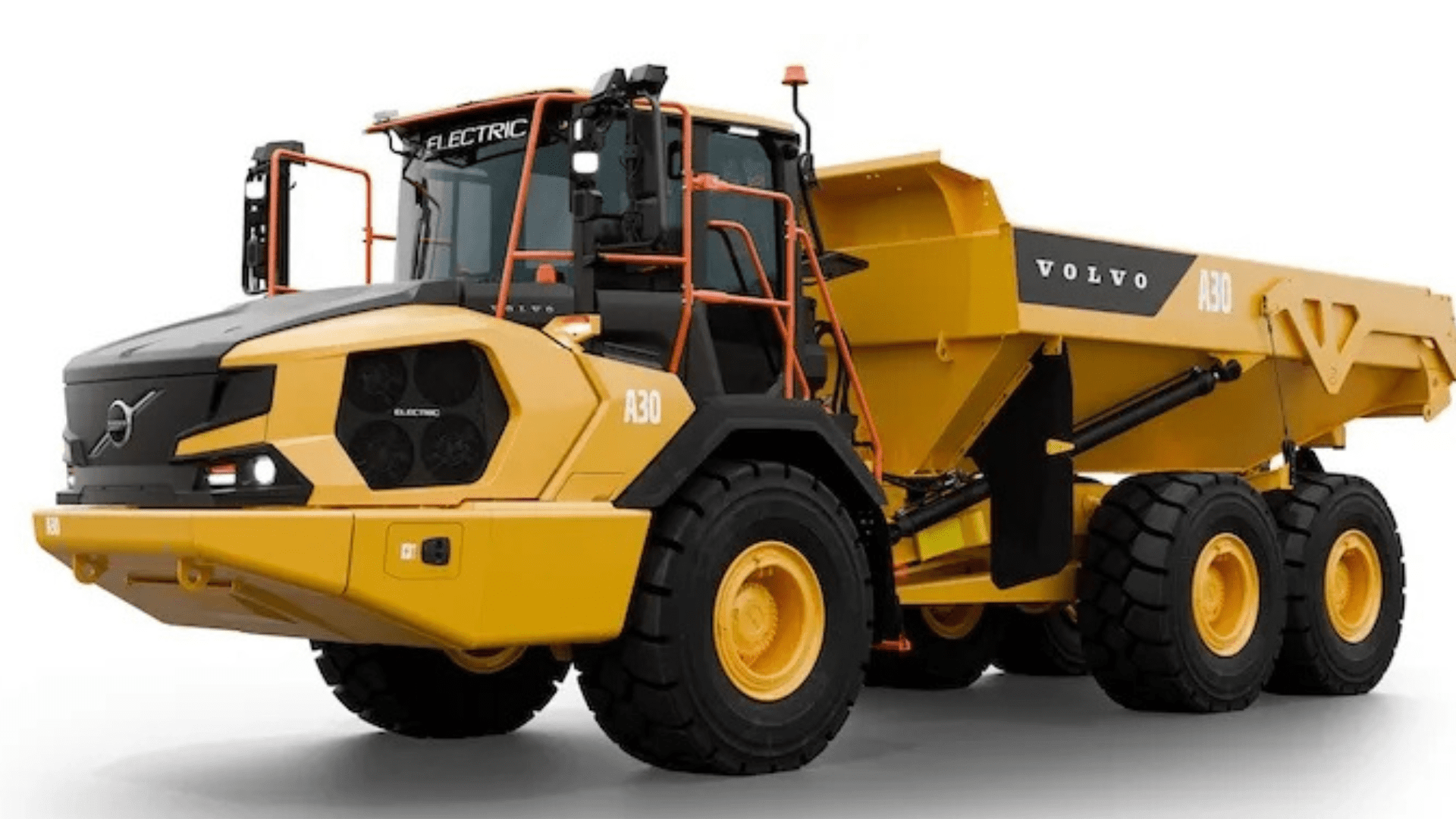Lunar Outpost specializes in planetary mobility and space resource utilization. Its latest innovation is the Lunar Terrain Vehicle (LTV) Lunar Outpost Eagle prototype. Lunar Outpost aims to advance lunar exploration and support NASA’s Artemis campaign.
Lunar Outpost Eagle

When the Lunar Outpost team designed the Eagle lunar vehicle, they considered the safety and functionality of the Artemis team. The vehicle features a flight deck-forward design, allowing the crew to navigate the rough lunar surface without restrictions. In addition, it has advanced autonomous navigation and operation, whether there is a crew member on board or not.
Eagle could provide vital transportation that Artemis astronauts need to explore the lunar surface, conduct research, and advance technology. Additionally, Eagle opens up the possibility of developing sustainable ways to live and work on another world. All of these are “key steps” for future missions to Mars.
One of Eagle’s main priorities is carrying lunar payloads. Its cargo bed is reportedly reconfigurable, allowing the crew to change payloads with a robotic arm.
According to a press release, the Eagle lunar vehicle is built tough. It says it’s built not only to “survive,” but to operate and withstand the two-week-long lunar nights with temperatures below 280 degrees Fahrenheit. The company says it extends mission life “from days to years.” Eagle is designed to extend the range that both Artemis astronauts and commercial payloads can travel from their landing sites.
Ultimately, Lunar Outpost says, Eagle enables astronauts to perform science investigations on the Moon while also providing commercial services within the cislunar region between the Earth and the Moon, such as improving mobility, innovation, and impact.
“Every aspect of Eagle serves a scientific purpose and demands innovation,” said AJ Gemer, CTO of Lunar Outpost.
He added, “Beyond its ability to traverse the challenging lunar terrain, Eagle supports various payload requirements, powers advanced instrumentation for experiments, maintains high-bandwidth communication, and more.”
Eagle will undergo a Preliminary Design Review (PDR) this spring to ensure the vehicle meets NASA’s requirements.







